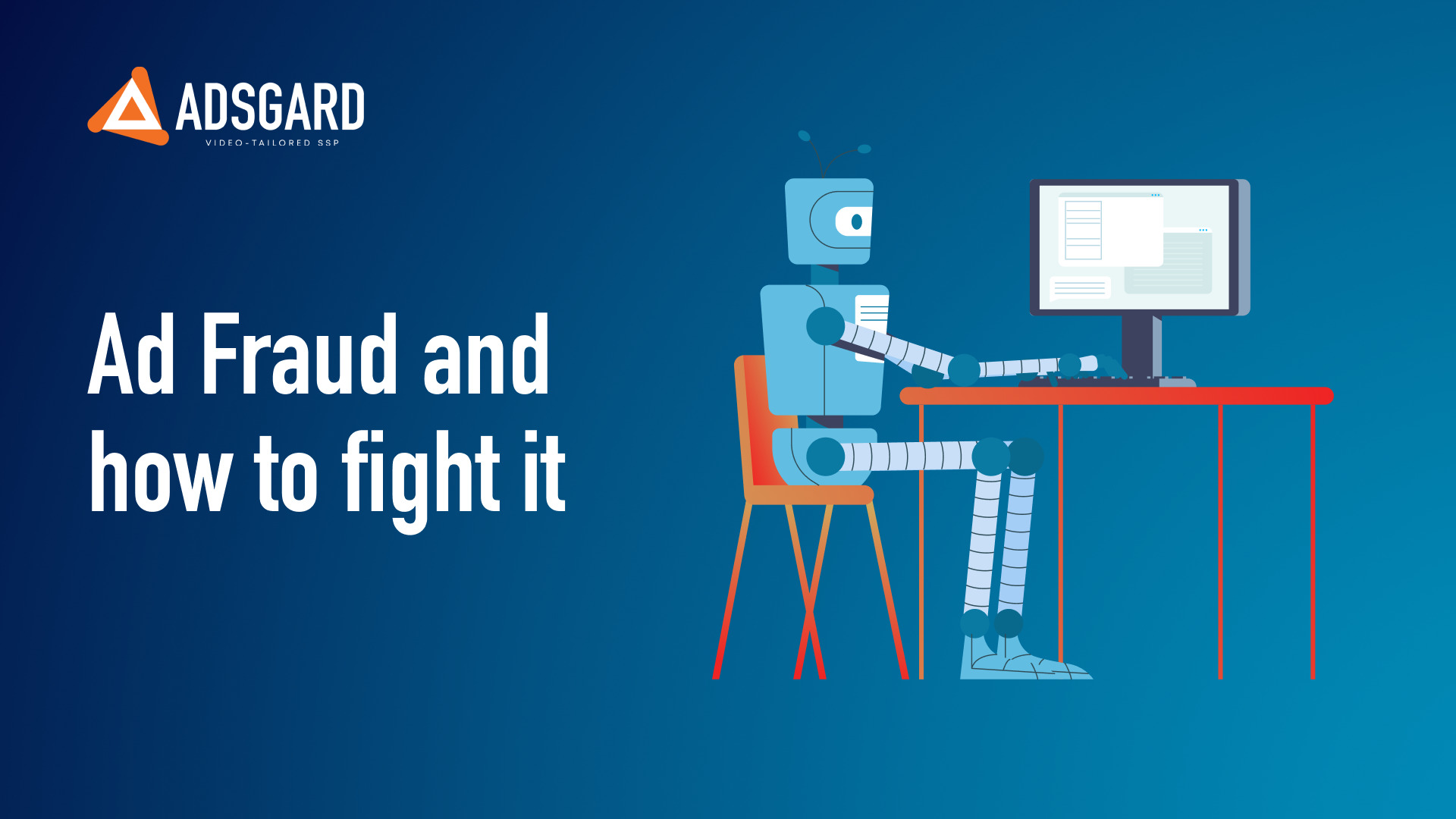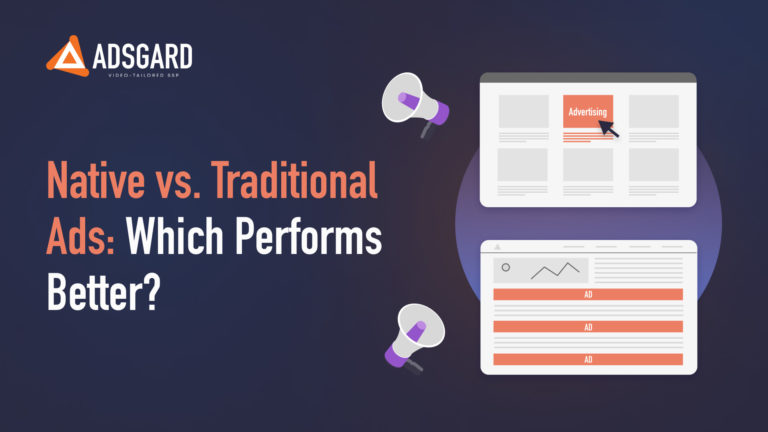
Fraud in digital advertising usually means actions aimed at imitating user activity necessary to meet the advertiser’s requirements. These may include:
- Bots – software specifically developed with fraudulent intentions;
- Install farms – operators manually provide views, clicks, and downloads using disguised IP addresses;
- Fake ads, after clicking on which users see no content.
On average, advertisers lose up to 20% of their budgets because of fraud; they also get inaccurate campaign efficiency analytics. Apart from that, fraud generates distrust in advertising platforms.
Fraud in numbers
How serious is the damage caused by fraud? Here are some 2019 numbers: on average, advertisers spent 407 USD on each user, 61 USD of which were paid for fake traffic – almost 15%. According to different sources, the advertisers’ general fraud losses in 2019 fluctuated from 5.8 billion to 42 billion USD.
How to detect fraud
When looking for the signs of fraud, pay attention to the following:
- Too many clicks coming from the same IP address;
- Different geo data for the click and targeted action. Fraudsters can change their IP addresses, which means that the ad was clicked on using one, whereas the targeted action that took place shortly after came from another;
- A small period between the click and the targeted action, or vice versa, they were too long apart;
- Nighttime user activity;
- Same-type user activity after the ad click.
Types of Fraud in media placement
- Pixel Stuffing – the ads are displayed on a very small part of the screen. Users don’t see them, however, the advertisers are charged;
- Ad Stacking – simultaneous showing of several ads layered one upon another. Users see only the top ad, but the advertisers pay for the ones located below, too;
- Background Ad Activity – the ads are shown on the part of the screen beyond the user’s view, still, it counts as a view;
- IVT (Invalid Traffic) – traffic created by fake users imitating the actions of real ones;
- App Spoofing – inventory replacement: an app with a clear name is created, but, in fact, the ad is shown in the fraudulent app that may have been blacklisted.
How to fight advertising fraud
There are three primary ways to fight advertising fraud:
- Metrics to detect fraudulent traffic;
- Fraud benchmarks in various traffic sources;
- Anti-fraud systems.
Metrics
You need to monitor the following media and web advertising metrics:
- Bounce Rate;
- The proportion of undetected devices;
- The proportion of non-target geotags;
- The proportion of bots in traffic;
- Session timing.
Metrics to be monitored for performance ads:
- Percentage of new devices;
- The time from the ad click until the first app opening;
- The proportion of returning users;
- User outflow rates;
- Percentage of app uninstallations during a specific period.
Fraud benchmarks
These are the signs of fraud that, on average, are found in other apps. To detect those, you can use the Fraud Scanner, which is a tool helping to protect your data from different forms of fraud: click interception, artificial impression boosts, device imitation, etc. The scanner detects the signs of fraud but does not cut off suspicious traffic automatically. It means that it is up to you what percentage of fraud is acceptable. However, to make the process easier, the software marks the critical indicators in red.
Anti-fraud systems
These may be of two types:
- Embedded in tracking systems;
- independent.
There are three working modes:
- Fake traffic report generation, based on which you can block fraud manually;
- Real-time fraud blocking with the help of machine learning models or pixel;
- Evaluation of suspicious installations in the course of post-install data analysis. This feature is only available in tracking-embedded anti-fraud systems.
Recommendations
For websites, it is advisable to use independent anti-fraud systems, whereas tracking systems would be a great solution for mobile applications. If you work with external partners (advertising networks, programmatic services, etc), it is preferable to use the anti-fraud systems that allow your partners to gain access necessary to provide quality services on their side.



